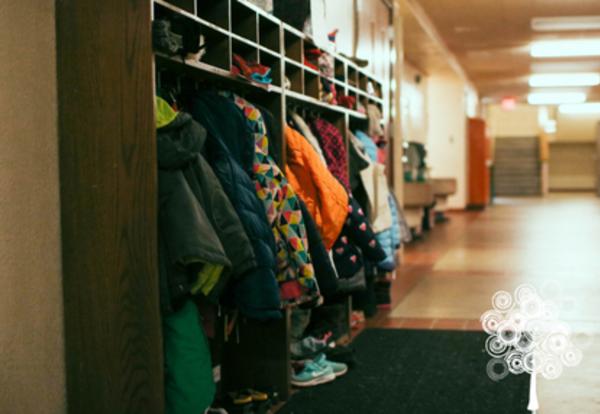
Autism spectrum disorder (ASD) is the name for a collection of neurodevelopmental disorders characterized by communication challenges, repetitive behaviors, and limited social skills. Symptoms are typically recognized within the first two years of a child’s life. These first two years are also the most critical window for intervention. Therapeutic interventions begun in the early years of development and sustained throughout childhood produce the most effective outcomes.
While ASD is more commonly referred to as simply “autism,” the word “spectrum” is crucial to an understanding of the disorder. People with autism vary greatly in the degree to which their symptoms manifest and affect their ability to function in social, educational, and professional settings. Therapeutic interventions can help children with autism overcome their challenges and develop the skills they need to function confidently and comfortably in the world.
Effective treatment for autism often involves a combination of therapies, each targeting a different set of skills that will support a child’s development. Because the symptoms of ASD are so interlinked, there can be a great deal of overlap in the objectives of these different therapies. But this multidisciplinary approach helps reinforce learning by encouraging a child to hone a core set of functional skills by applying them in varying contexts.
These are the broad categories that therapeutic intervention seeks to address, and what the common developmental objectives are for each:
Communication Objectives for Autism Therapy
Depending where a child falls on the spectrum, they may struggle to understand the nuance of figurative language, to speak or express themselves clearly, or to produce spoken language altogether. People with autism often times take things literally, and many children especially find it difficult to see past the literal meaning of language to interpret its conversational use.
At Spero, Speech Therapy takes place both one-on-one and in classroom and social settings, helping our students build and use their language skills in the variety of contexts that adult life will require of them.
Communication interventions aim to help a child with autism:
- Develop conversational skills for interacting with peers and adults
- Use and understand nonverbal communication such as gestures
- Interpret facial expressions
- Become comfortable engaging in functional, spontaneous dialogue
Social Objectives for Autism Intervention
Social skills therapy lies at the intersection of all other therapies. To be successful in a social setting, a child with autism must integrate all the skills they’ve learned from other areas of intervention: speech, behavior, physical therapy, etc. For that reason, you often won’t see social skills separated into a therapy of its own, but rather woven into other interventions.
At Spero, we integrate social skills therapy into all aspects of our program. We work on social development in the classroom, in our art and music therapy sessions, during P.E., in the lunchroom, and on the playground. We want our Speros to develop confidence functioning in a variety of social settings.
Our goal is to help our Speros:
- Form friendships with other classmates
- Learn to initiate and sustain back-and-forth conversations
- Enjoy both structured and unstructured playtime
- Empathize in interactions with others
Behavioral Objectives
Repetitive behaviors and body movements are among the most recognizable symptoms of autism. Other behavioral challenges that children with autism often struggle with include paying attention, stim behaviors, and expressing frustration without acting out. Children with ASD may also have some idiosyncratic that can make everyday life more challenging for one or both of you.
The behavioral component of therapeutic intervention for autism seeks to give children the tools to moderate these behaviors on their own. Limiting and controlling some of the behaviors associated with autism can help a student achieve greater stability in the classroom and at home.
Common behavioral objectives of autism therapy include:
- Respecting boundaries and personal space
- Controlling behaviors like hand flapping and rocking
- Expressing frustration in a productive way
- Making eye contact during interactions with peers and adults
If you would like to learn more about how Spero Academy will support your child in achieving these and other developmental goals, please contact us. We’re always happy to talk about our program and discuss how your child’s unique needs and personality will find a home at Spero.

